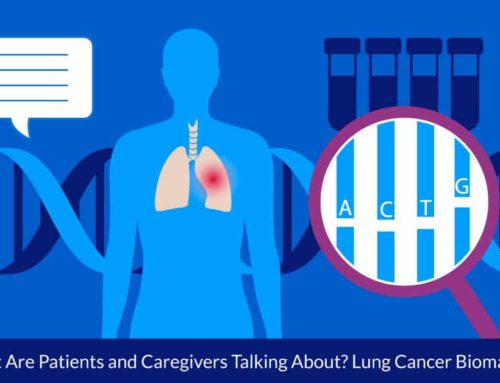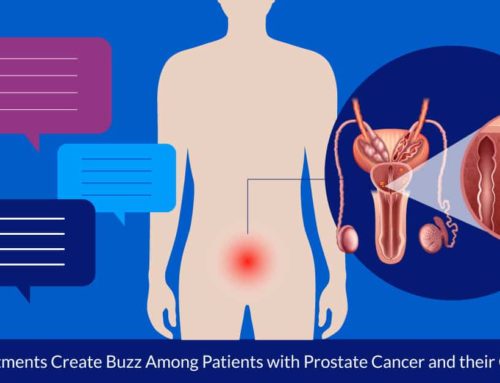Wearable Devices Revolutionize Clinical Trials…But when?

Here is the vision: Wearable devices open the floodgates to clinical trial participation. Patient-centric and portable, they’ll free the participants from multiple visits to the clinical site. Technology collects millions of data points per user per day, and then transmits it directly to researchers. High participation and rich real-world data and evidence (RWD/RWE) streamline clinical trials, satisfy 21st Century Cures Act requirements, and yield what everyone wants – a faster track to drug approval. 1
That time is coming – the Apple Watch 4 won FDA approval as a class 2 medical device last year because it can detect falls and irregular heartbeat – but Apple is not a health care stakeholder.2 Where does that leave everyone else who wants to adopt wearable technology into clinical trials?
Like Earthlings in the early 1960’s looking at the moon: The hurdles are dropping, but we have some problems to solve before we arrive. Don’t zip up your space suit just yet.
First, the FDA hasn’t defined the criteria under which it would accept data collected from wearable devices. Such data fall under the draft Framework for FDA’s Real World Evidence Program, released in late 2018, for which the comment period closed on 02/05/19.3 According to the draft:
- Real-World Data (RWD) are data relating to patient health status and/or the delivery of health care routinely collected from a variety of sources.
- Real-World Evidence (RWE) is the clinical evidence about the usage and potential benefits or risks of a medical product derived from analysis of RWD.4
Currently, the FDA is “evaluating the potential use” of real-world evidence (RWE) to help support new indications for drugs that are already approved or to help satisfy drug post-approval study requirements, although the Framework acknowledges that, in limited instances, FDA has accepted RWE to support drug product approvals, primarily for oncology and rare diseases.5
Additionally, approval still depends on running traditional clinical trials. RWE will only be considered acceptable when included as part of a “hybrid” trial design in which it is supplemental to the standard clinical trial; or as the basis for observational studies (non-interventional clinical study designs that are not considered clinical trials).
Finally, the FDA expects RWD to come from the standard known resources: EHRs, medical claims data, and pharmacy databases. What happened to wearables?
The FDA acknowledges that wearables aren’t adequately addressed. “FDA will explore strategies for filling gaps in data that may be difficult to obtain from currently used EHRs and medical claims data, including exploring the use of mobile technologies, electronic patient reported outcome tools, wearables, and biosensors. 6
The good news, though, is the Framework is progress in the right direction. It shows the FDA is addressing “running randomized trials with real-world evidence for effectiveness decisions,” says Sebastian Schneeweiss, Aetion science advisor as well as the Vice-Chief of the Division of Pharmacoepidemiology and Pharmacoeconomics at Brigham and Women’s Hospital.
Commenting on the Framework in a post on Aetion.com, Schneeweiss continued: “They want to determine if we have the right study designs and analytic techniques to reach causal conclusions so that regulatory decisions can be based on RWE.”7
There is also the issue of process integration; the RWE Program has to “assess the data standards and implementation strategies required to use RWD/RWE at FDA, identify any gaps between those requirements and existing FDA systems, and recommend a path forward to ensure that RWD/RWE solutions are an integral part of the full drug development and regulatory life cycle at FDA.”8
To further define the methodologies that it would find acceptable, the FDA is conducting various demonstration projects. The public commentary on the draft Framework shows that the pharma industry wants more definition to go by – and to be involved in those projects.9 Sanofi’s feedback specifically asks for “guidance on how the relationships between data-owners and drugs sponsors will be addressed by the Agency… [in regards to] utilizing mobile health technologies.”10
Just how long is it going to take for all these parts to come together? Perhaps, as President Kennedy once said, “…before the decade is out.” In a study conducted for Intel, Kaiser Associates projected that up to 70 percent of clinical trials will incorporate sensors by 2025. 11 We can only hope that wearable devices enable the vision to become reality: Clinical trials cost less, and participants can roam freely.
Inspire offers a trusted community to patients and caregivers. Our goal with this blog, this website and our content is to provide the life science industry access to the true, authentic patient voice. In so doing, we support faithful operationalization of patient-centricity. Take a look at our case studies, eBooks and news outlet coverage.
References:
1http://www.pharmatimes.com/magazine/2019/march/resistance_is_futile
2http://www.pharmatimes.com/magazine/2019/march/closing_the_gap
4https://www.fda.gov/downloads/ScienceResearch/SpecialTopics/RealWorldEvidence/UCM627769.pdf
5https://www.fda.gov/downloads/ScienceResearch/SpecialTopics/RealWorldEvidence/UCM627769.pdf
6Ibid.
7Ibid., pg. 18
9https://www.fda.gov/downloads/ScienceResearch/SpecialTopics/RealWorldEvidence/UCM627769.pdf, pg. 25
10https://www.regulations.gov/docketBrowser?rpp=25&so=DESC&sb=commentDueDate&po=0&D=FDA-2018-N-4000
11https://www.regulations.gov/document?D=FDA-2018-N-4000-0005






